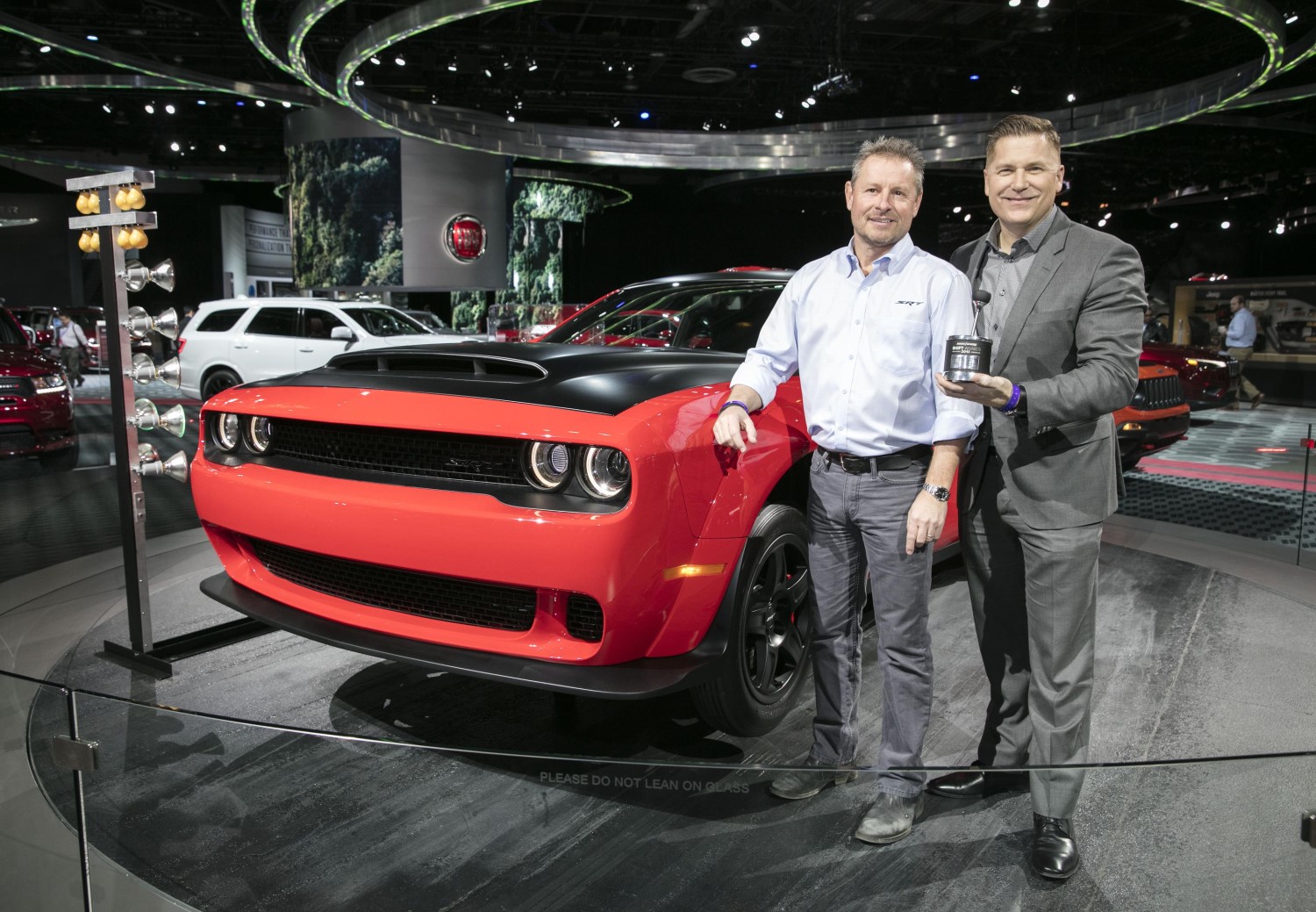Dodge Muscle Cars to go electric
 |
| The Dodge Challenger and other Chrysler Muscle Cars will go electric eventually because electric motors are superior with zero emissions |
Are the 66,716 Americans who helped take the venerable Dodge Challenger to a new sales record in 2018 just Luddites, rebelling against a rising tide of electrification and autonomy? Maybe, but the era of a Challenger line powered solely by gasoline is drawing to a close.
Fiat Chrysler CEO Mike Manley addressed the muscle car’s future at this week’s Detroit auto show, admitting that, at some point, the Challenger needs to grow greener. That means venturing into the unsexy world of electrification — an unthinkable act for some American muscle purists.
Speaking to The Detroit News, Manley said the Challenger, despite enjoying a lasting popularity that’s rare in the industry — at least for a car model, must change with the times if it has any hope of long-term survival.
“The reality is those platforms and that technology we used does need to move on. They can’t exist as you get into the middle-2020s," Manley said of the Challenger’s aging LX architecture and trio of V8s. “New technology is going to drive a load of weight out, so we can think of the powertrains in a different way. And we can use electrification to really supplement those vehicles."
It’s not like no one saw this coming. There’s a plug-in hybrid Jeep Wrangler in the works, and FCA’s 2019 revamp of its lucrative Ram 1500 line saw the debut of “eTorque" mild-hybrid variants of its 3.6-liter Pentastar V6 and 5.7-liter Hemi V8. Dodge’s Challenger and Charger makes good use of these displacements and, with some weight shaved from a modified LX platform and a lightweighted body, the Wrangler’s turbocharged Hurricane four-cylinder could become a new addition to the engine lineup.
FCA’s Brampton, Ontario assembly plant should begin producing next-generation Chargers and Challengers in 2021, minus the Italian platform originally slated for the models. Late FCA boss Sergio Marchionne admitted last June that platforms sourced from Alfa Romeo or Maserati wouldn’t be able to handle the excessive torque of hi-po Mopar applications.
While a Hurricane four mated to an eTorque system is one low-end powertrain possibility mentioned in our piece, Manley suggests the company’s unsullied 6.4-liter and supercharged 6.2-liter V8s will have to give way to electrified alternatives in the coming decade.
“I think that electrification will certainly be part of the formula that says what is American muscle in the future," he said. “What it isn’t going to be is a V8, supercharged, 700-horsepower engine." Take that, Hellcat fans.
Take solace, too. Manley claims a move towards electrification is not a sign of Dodge handing in its man card.
“Electrification deployed to increase the performance of the vehicle as its primary goal – with the added benefits of fuel economy – is very different, instead of the other way around," he added.
